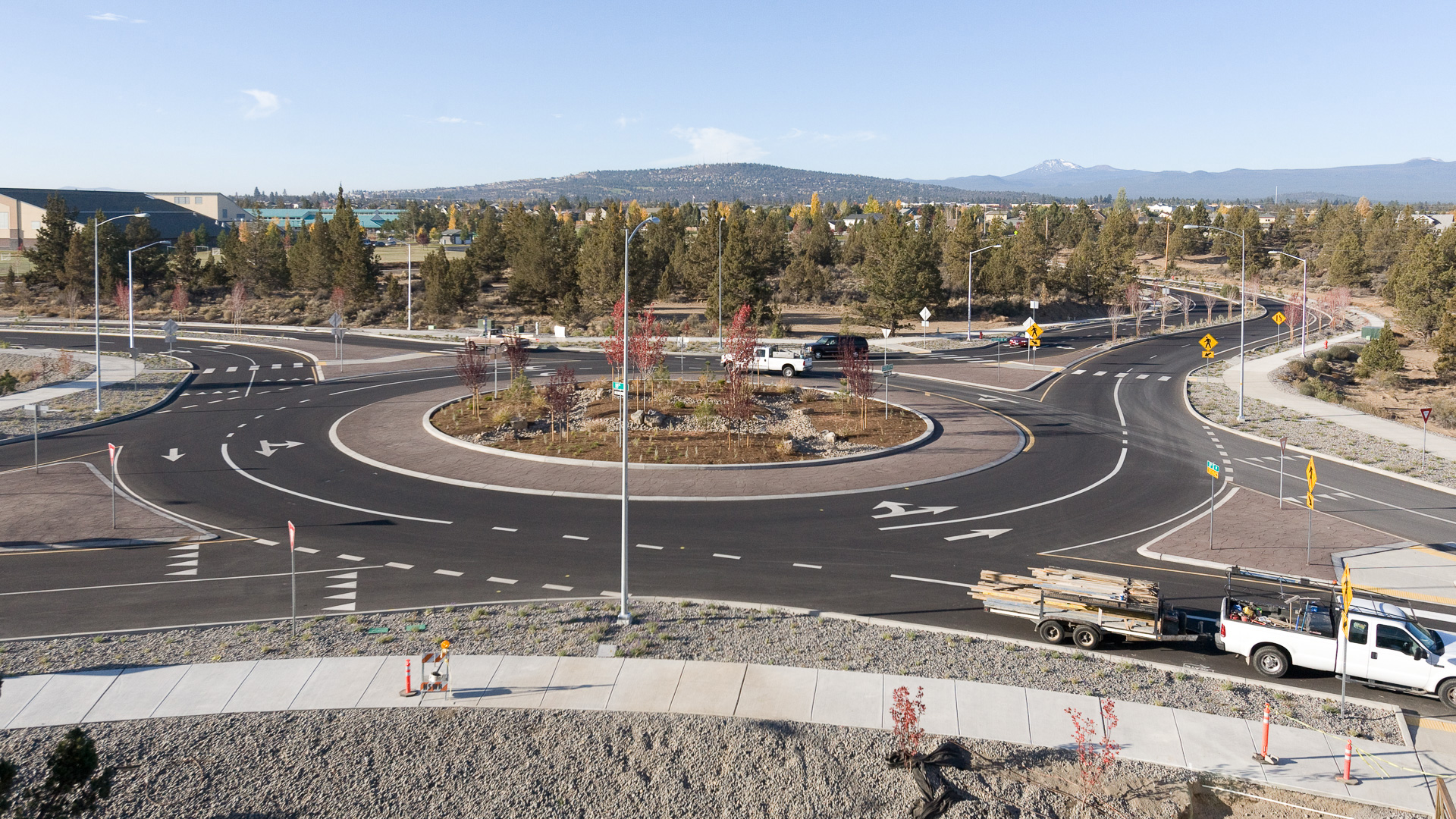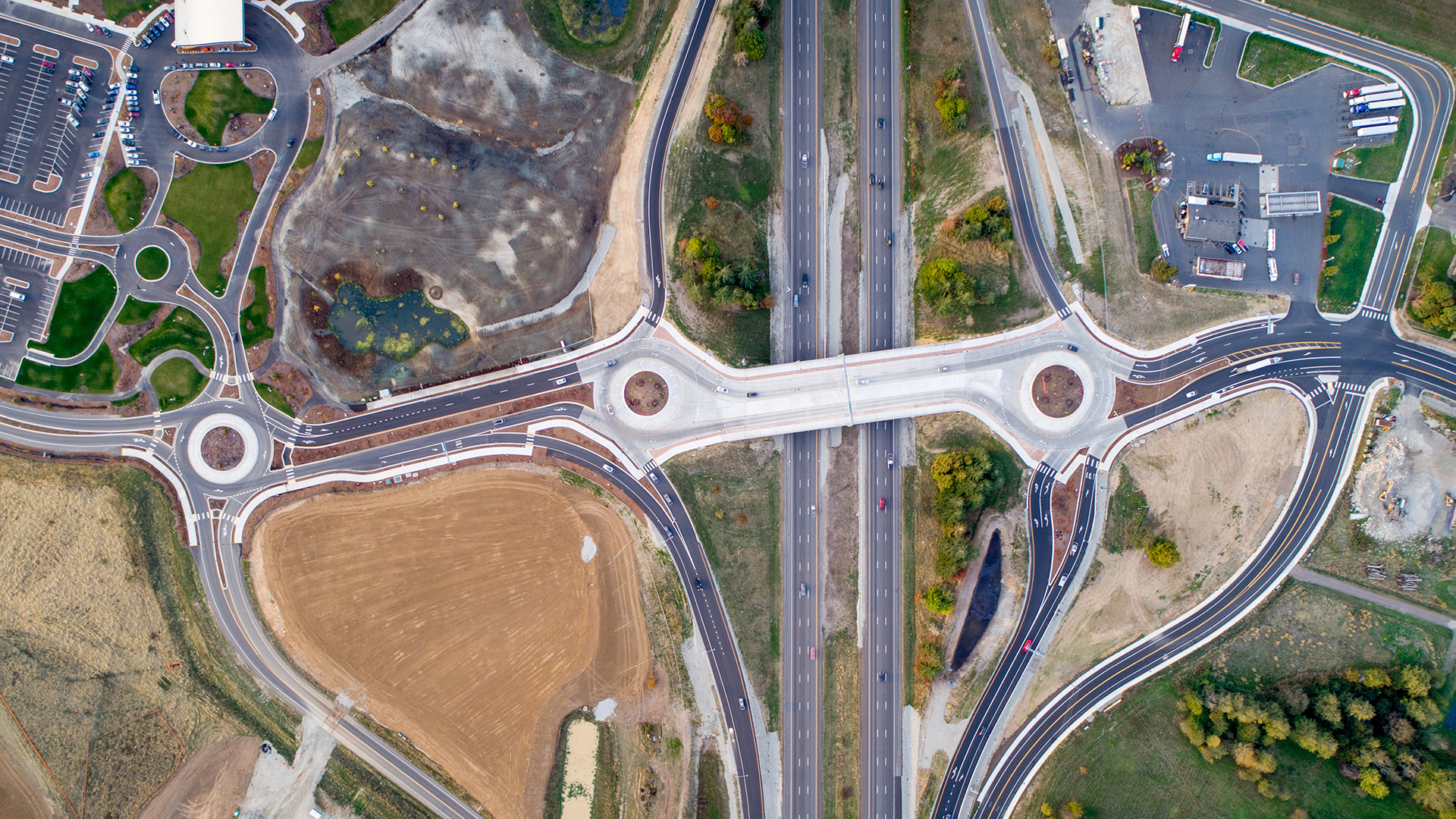Challenge
Due to loose guidance in the construction stage, conflicting requirements between design and construction, and tight metrics for judging compliance of the constructed ramp, many curb ramps are not ADA compliant. As a result, agencies are looking for ways to streamline design efforts to rework curb ramps en masse.
Solution
Portland Bureau of Transportation (PBOT) has developed an alternative curb ramp design method that utilizes the City of Portland’s extensive GIS mapping combined with in-field measurements by the design engineer (rather than a full-scale topographic survey). In addition, the Kittelson team also utilized an alternative method for data collection utilizing Rieker’s Advanced Data and Acquisition Measurement (ADAM) system. The tool uses 3D scanning technology to take pictures at certain intervals and creates a point cloud so we can access elevation data associated with isolated corner we were designing. Read more about these methods here.
The Outcome
Quicker Ways to Design and Construct ADA Compliant Curb Ramps
Regardless of the data collection method, we brought the data and hand sketched notes to the office to prepare the CAD design, checked our work in the field again, then prepared a 60% design package. Submittals were delivered under the typical process and we prepared a final bid package that included technical specifications, plans, and bid quantities for the contractor to bid. To date, Kittelson has designed 289 ramps at 169 separate locations throughout Portland.



